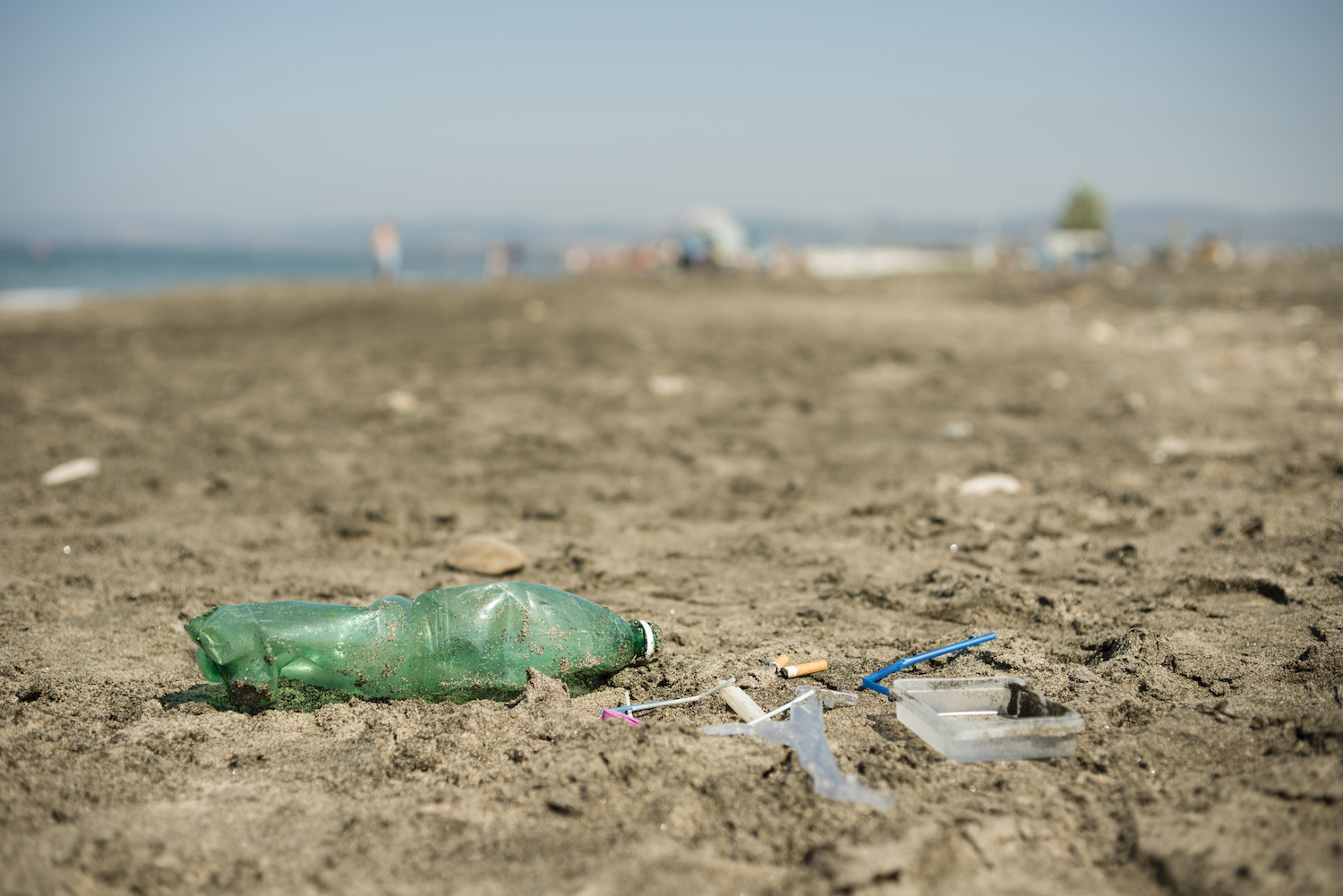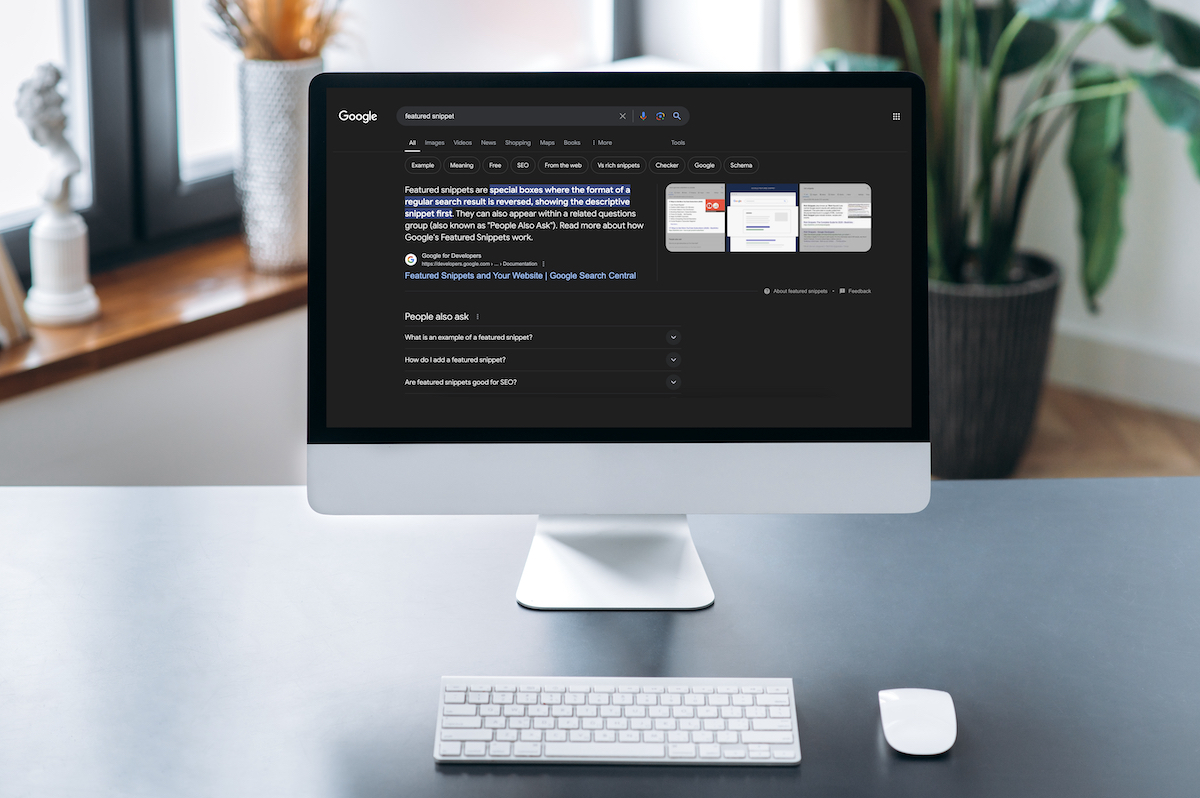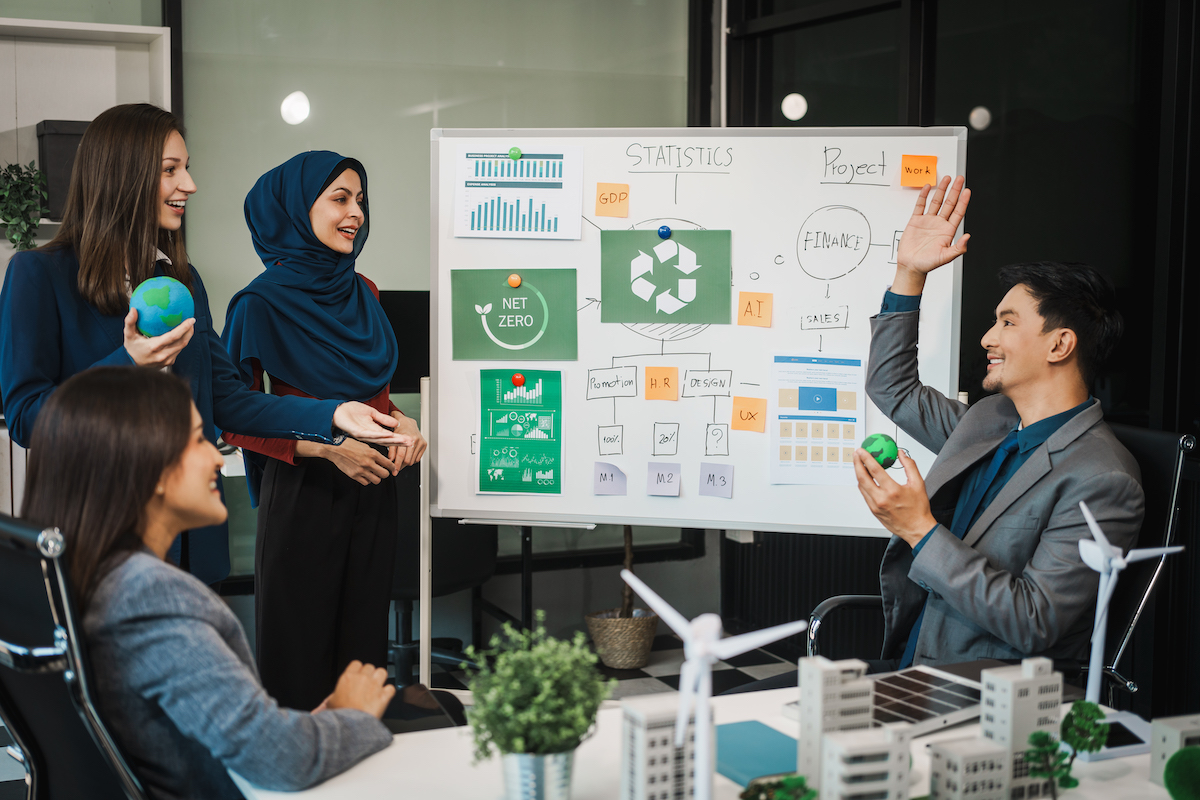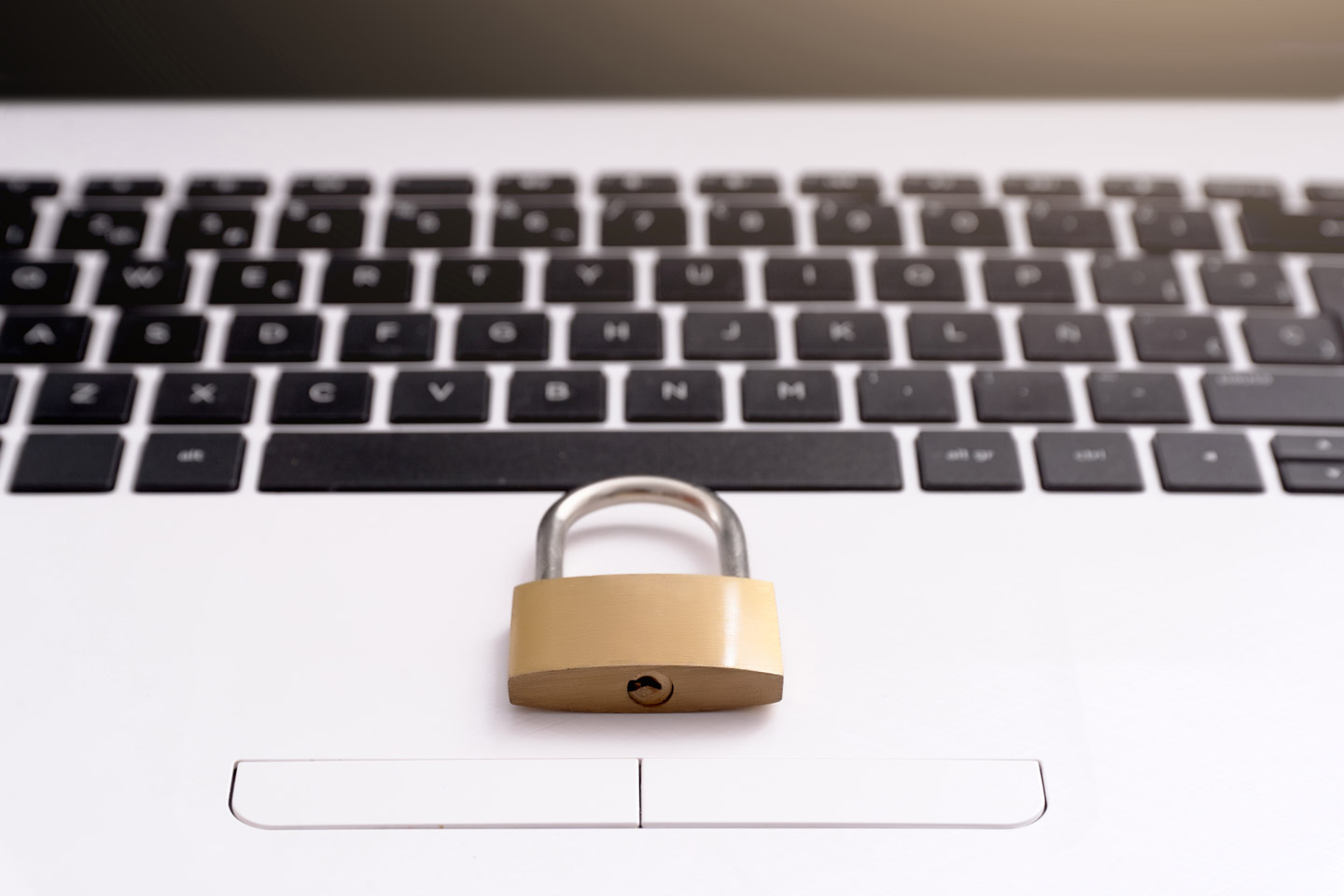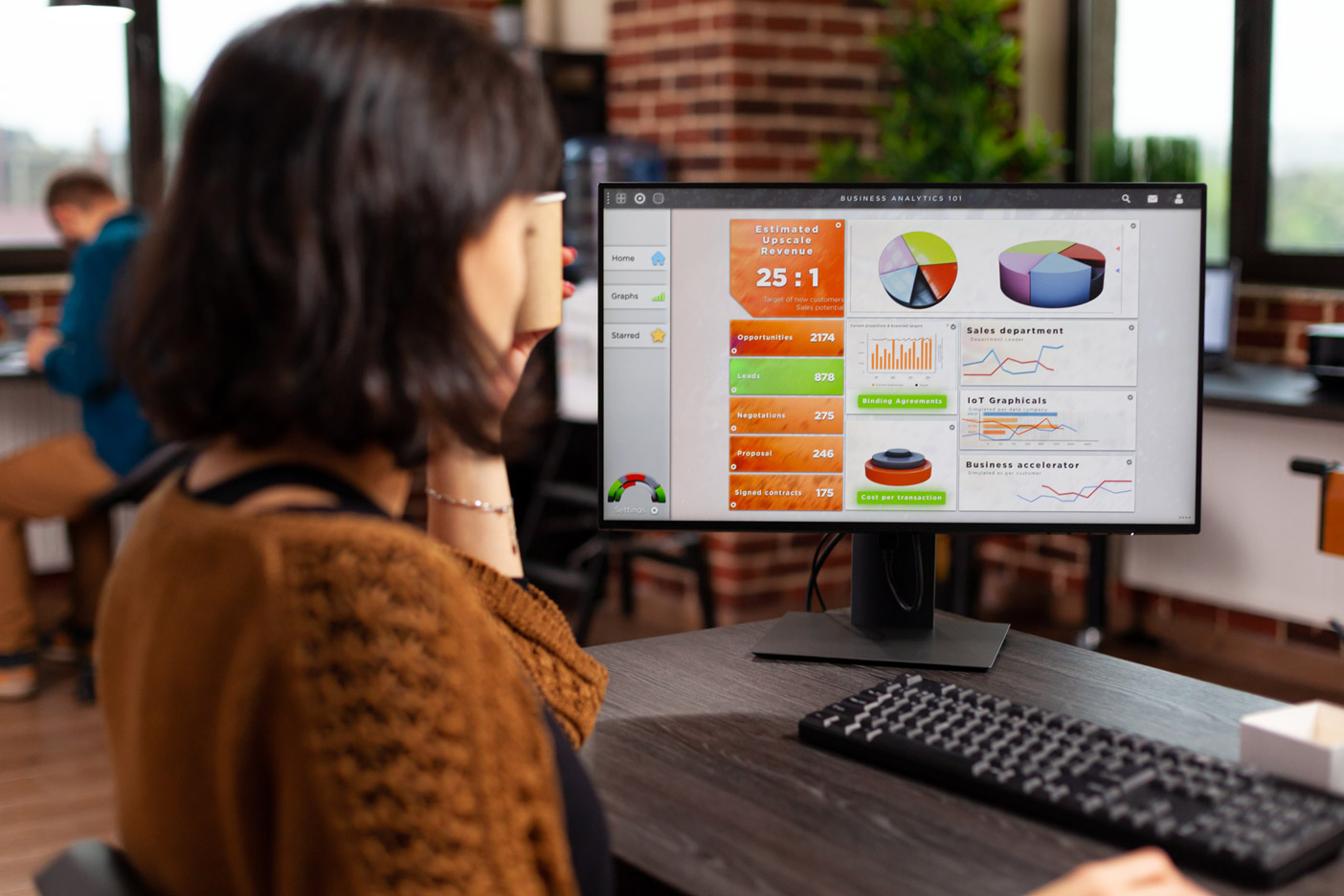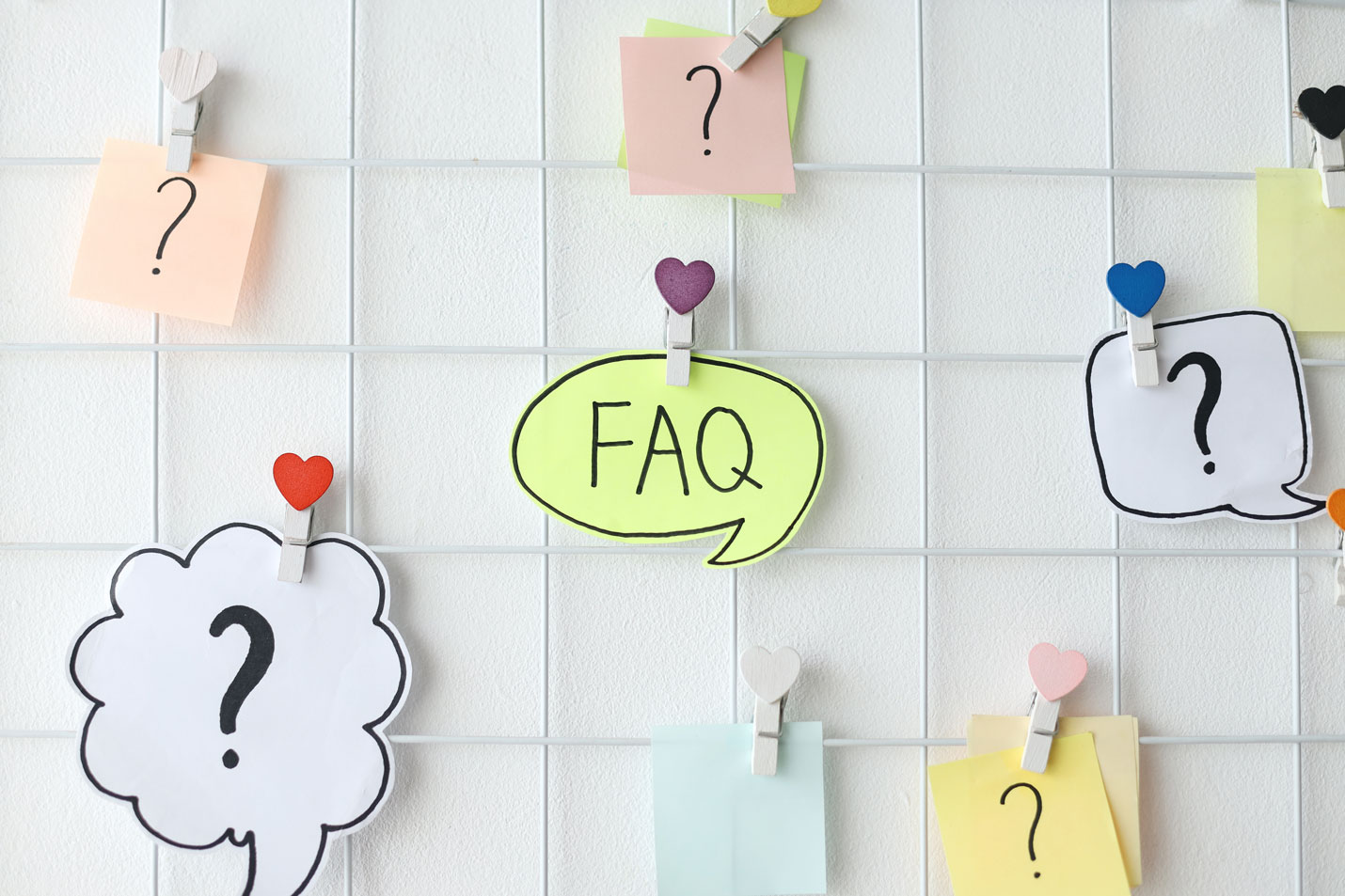Did you know the average lifespan of a plastic bag is only 15 minutes? Did you also know there is a floating island in the middle of the Pacific Ocean three times the size of the state of Texas made up entirely of discarded plastic products, and over 80% of plastic waste in the oceans are single-use products?
Almost everything we use daily is made with some amount of plastic. Our society functions on the production of plastic. We have been blindly addicted to plastic for almost a century, and we fail to recognize that it has been one of the largest contributors of degradation to our environments ever since.
The plastic industry boomed during the industrial revolution, leaving future generations dependent on this commodity. Plastic is cheap and fast to make, costing only a tiny amount of crude oil per product. These products are convenient and adaptable, making them perfect for every need.
Since the 1950s, plastic has been the commercial material of choice. The majority of plastic is made from ethanol, a natural gas by-product, combined with long chains of other hydrocarbons, synthetic polymers, and other elements. It is entirely human-made. Although it’s one of the most important inventions in history when something is entirely human-made, it’s not found in nature, meaning it has no true original form it can decompose back into.
Microplastics are the tiny bits of plastics that products eventually break down into. These can release harmful toxins into the soil and waterways. The smaller the pieces, the easier marine life can accidentally mistake them for food, leading to fatal diseases in fish that we could eventually consume ourselves.
So, to go back to the 15-minute lifespan of a plastic bag. Plastic bags alone use 10% of the tens of million barrels of oil used throughout the country to make… all for something to be used for 15 minutes.
We can do many simple things to reduce plastic use, often so simple; we don’t even think of it. Sometimes, the smallest efforts can have a significant impact.
When buying new products, look for options packaged with the least amount of plastic. The best packaging is one that can be recycled. Also, since plastic never breaks down, reuse the products you already have around your home before throwing them away for as long as you can.
Amazon and other large delivery services often allow you to request more eco-friendly delivery options. You can request your packages be sent with as little plastic as possible so they can be easily recycled afterwards. It’s so frustrating that they don’t advertise these options to the public more since it’s a simple way to reduce overall plastic waste. Nine times out of 10, there are always ways to use less plastic. You may just have to get a little creative.
Here are some great efforts happening worldwide to combat the overwhelming amount of plastic being thrown out!
Here are other resources to learn more about plastic use and how you can find ways to use less!
A searchable list of everything accepted for recycling in Toronto. If the products can’t be recycled normally, see if there is a drop off location that can take care of them instead of throwing them away.
This article can explain how to make your Amazon order more eco-friendly.


